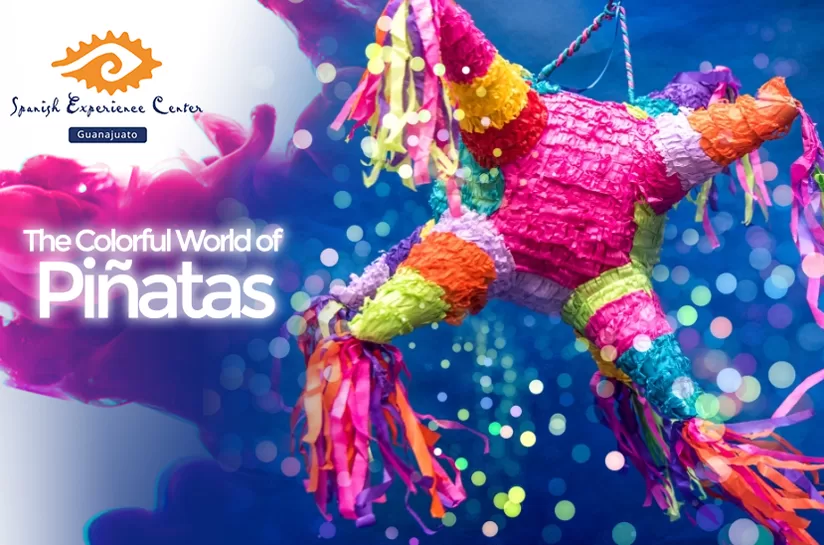
The vibrant tradition of breaking piñatas has become synonymous with celebrations in Mexico, adding an extra layer of joy to various festive occasions. Understanding the meaning and origin of piñatas unveils a rich cultural tapestry that has woven its way into Mexican celebrations.
Historical Roots:
The roots of the piñata tradition can be traced back to ancient civilizations in Mexico, where similar rituals were practiced by the Aztecs and other indigenous groups. The original piñata took the form of a clay pot adorned with feathers and filled with treasures. These early piñatas were often broken open with sticks during ceremonies to honor the gods and seek favor for a bountiful harvest.
Religious Significance:
With the arrival of Spanish missionaries in the 16th century, the piñata tradition underwent a transformation, aligning itself with Christian beliefs. The traditional seven-pointed star-shaped piñata began to represent the Seven Deadly Sins. Breaking the piñata symbolized the triumph of good over evil and the rewards of perseverance.
Christmas Celebrations:
The association of piñatas with Christmas in Mexico is particularly strong. The use of piñatas during the Posadas, a series of festive processions leading up to Christmas, has become a hallmark of the season. The piñata, adorned with bright colors and often featuring images of religious significance, serves as a focal point of celebration during this time.
Symbolism and Design:
The traditional design of a piñata reflects symbolic elements. The seven cones represent the sins, and the bright colors symbolize the temptation of worldly pleasures. The blindfolded participant taking swings at the piñata symbolizes faith’s triumph over temptation, as they rely on the guidance of others to overcome challenges.
Breaking the Piñata:
The act of breaking the piñata is more than just a joyful spectacle. It brings people together, fostering a sense of community and shared celebration. Participants, often blindfolded and spun around to disorient them, take turns trying to strike the piñata with a stick. The cheers and laughter that ensue create an atmosphere of merriment and camaraderie.
Modern Variations:
While the traditional star-shaped piñata remains popular, contemporary variations come in an array of shapes and sizes, reflecting diverse themes such as animals, characters, or even custom designs to suit specific celebrations. Regardless of the form they take, piñatas continue to be a beloved tradition at birthdays, weddings, and various cultural events.
The piñata, with its roots deeply embedded in history and culture, adds a burst of color and excitement to celebrations in Mexico. Beyond the joyful act of breaking it open and reveling in the treats within, the piñata symbolizes unity, the triumph of good over evil, and the enduring spirit of celebration that continues to be cherished across generations in Mexico and beyond.
We invite you to visit Spanish Experience Center Guanajuato, the best Spanish school in Guanajuato, Mexico. Here you will learn the Spanish language, at the same time you will immerse yourself in Mexican culture, as well as the city of Guanajuato.
